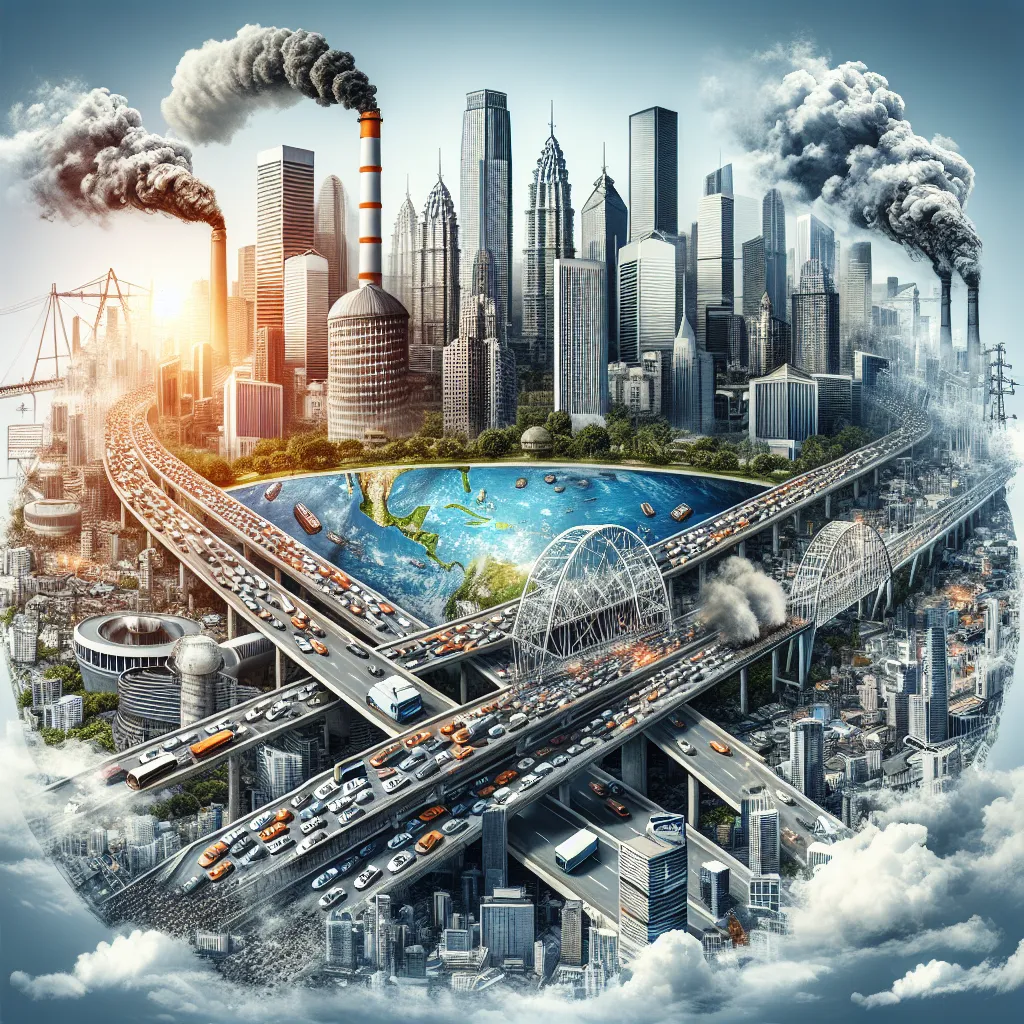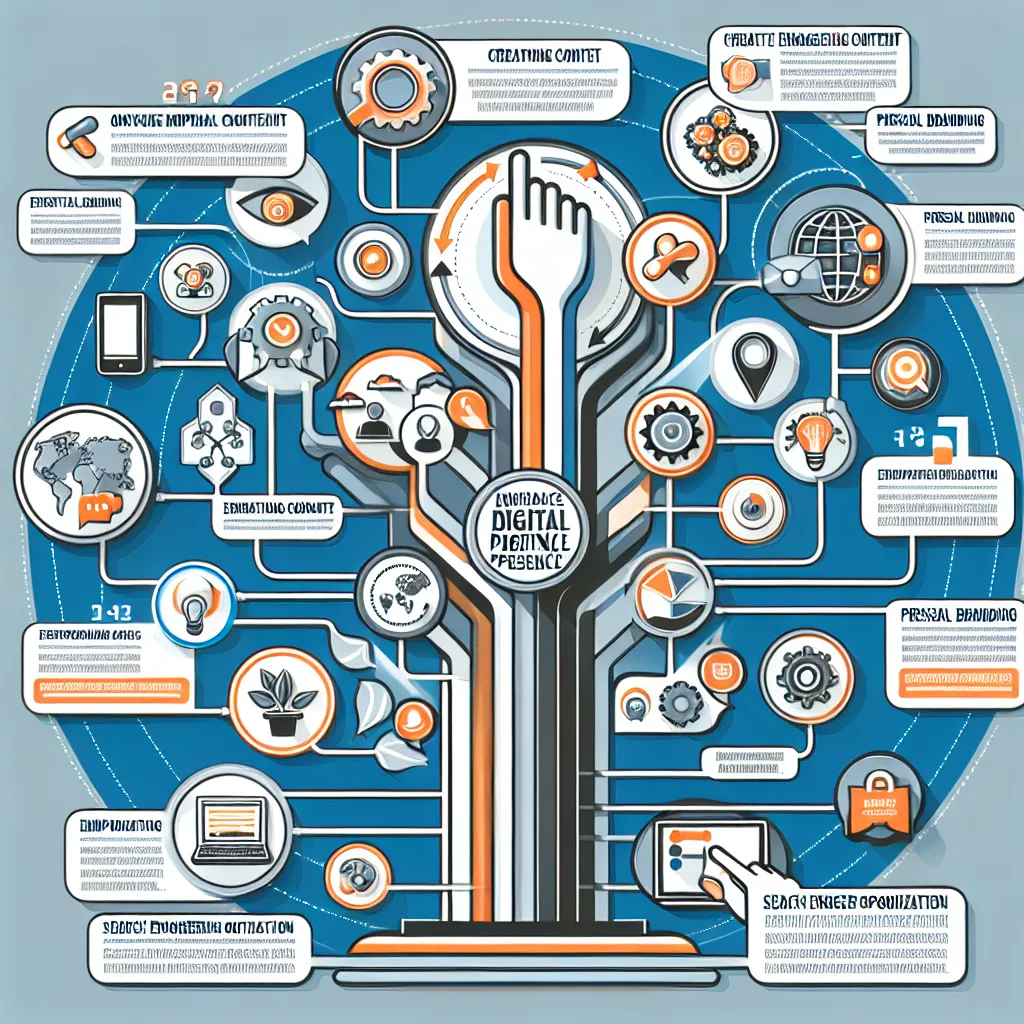The IELTS Reading section is a crucial component of the test, assessing your ability to comprehend complex texts and extract relevant information. Today, we’ll focus on a topic that has been increasingly prevalent in recent years: the challenges of sustainable urban development. This subject has appeared in various forms across past IELTS exams and, given its growing importance in our rapidly urbanizing world, is likely to continue featuring in future tests.
Nội dung bài viết
Based on our analysis of past IELTS exams and current global trends, we predict a high probability of encountering passages related to sustainable urban development in upcoming tests. Let’s dive into a practice exercise that will not only prepare you for this topic but also sharpen your overall reading skills.
Practice Test: Challenges of Sustainable Urban Development
Reading Passage
Sustainable urban development has become a pressing concern in the 21st century as cities continue to grow at an unprecedented rate. While urbanization brings numerous benefits, such as economic opportunities and cultural diversity, it also presents significant challenges that threaten the long-term viability of our urban centers. These challenges span across environmental, social, and economic dimensions, requiring innovative and integrated solutions.
One of the primary environmental challenges facing cities is the reduction of carbon emissions. Urban areas are responsible for approximately 75% of global CO2 emissions, largely due to energy consumption in buildings and transportation. Addressing this issue requires a multifaceted approach, including the implementation of energy-efficient building standards, the promotion of renewable energy sources, and the development of sustainable transportation systems. However, transitioning to low-carbon infrastructure often involves significant upfront costs and can face resistance from various stakeholders.
 Sustainable urban development challenges
Sustainable urban development challenges
Water management presents another critical challenge for urban areas. Many cities struggle with water scarcity, while others face the opposite problem of frequent flooding due to inadequate drainage systems and the increasing frequency of extreme weather events linked to climate change. Sustainable water management requires the implementation of water-efficient technologies, the development of green infrastructure to manage stormwater, and the protection of natural water sources. However, these solutions often require significant investment and can be difficult to implement in densely populated urban areas.
Social equity is a crucial aspect of sustainable urban development that is often overlooked. As cities grow, they frequently experience increasing inequality, with certain neighborhoods benefiting from development while others are left behind. This can lead to social tensions, increased crime rates, and a reduced quality of life for many urban residents. Addressing this challenge requires inclusive urban planning policies that ensure equitable access to housing, education, healthcare, and job opportunities. However, balancing the needs of different socioeconomic groups while maintaining economic growth can be a complex and politically sensitive task.
The provision of adequate housing is another significant challenge facing rapidly growing cities. Many urban areas struggle with a shortage of affordable housing, leading to the proliferation of informal settlements and substandard living conditions for a significant portion of the population. Sustainable housing solutions must not only address the quantity of available housing but also ensure its quality, energy efficiency, and integration with urban infrastructure and services. This often requires innovative financing models and partnerships between the public and private sectors.
Finally, the development and maintenance of sustainable urban infrastructure pose ongoing challenges for cities. As urban populations grow, existing infrastructure—including transportation systems, energy grids, and waste management facilities—often struggle to keep pace. Upgrading and expanding this infrastructure in a sustainable manner requires significant investment and long-term planning. Moreover, the integration of smart technologies to improve efficiency and sustainability adds another layer of complexity to urban infrastructure development.
In conclusion, while the challenges of sustainable urban development are numerous and complex, they also present opportunities for innovation and improvement in the way we design and manage our cities. Addressing these challenges will require collaboration between governments, businesses, and citizens, as well as a willingness to embrace new technologies and approaches to urban living. The cities that successfully navigate these challenges will not only become more sustainable but will also provide a higher quality of life for their residents and serve as models for urban development worldwide.
Questions
-
Which of the following is NOT mentioned as a challenge of sustainable urban development in the passage?
A) Reducing carbon emissions
B) Managing water resources
C) Providing public education
D) Ensuring social equity -
According to the passage, approximately what percentage of global CO2 emissions are urban areas responsible for?
A) 50%
B) 60%
C) 75%
D) 90% -
What is described as a barrier to transitioning to low-carbon infrastructure?
A) Lack of technological solutions
B) Insufficient urban population
C) High initial costs
D) Absence of renewable energy sources -
True/False/Not Given: Green infrastructure is mentioned as a solution for managing stormwater in cities.
-
True/False/Not Given: The passage suggests that social inequality in cities is an unsolvable problem.
-
What does the passage identify as a consequence of increasing inequality in cities?
A) Economic growth
B) Social tensions
C) Improved housing
D) Better education -
According to the passage, sustainable housing solutions must address:
I. Quantity of available housing
II. Quality of housing
III. Energy efficiency of housing
IV. Integration with urban infrastructureA) I and II only
B) I, II, and III only
C) II, III, and IV only
D) All of the above -
What is described as adding complexity to urban infrastructure development?
A) Population growth
B) Climate change
C) Integration of smart technologies
D) Lack of funding -
Complete the sentence: The passage concludes that addressing the challenges of sustainable urban development will require ____ between governments, businesses, and citizens.
-
Which word in the final paragraph means the same as “manage successfully”?
Answer Key
-
C) Providing public education
Explanation: While the passage mentions education in the context of equitable access, it is not specifically discussed as a main challenge of sustainable urban development. -
C) 75%
Explanation: The passage states, “Urban areas are responsible for approximately 75% of global CO2 emissions.” -
C) High initial costs
Explanation: The passage mentions “significant upfront costs” as a barrier to transitioning to low-carbon infrastructure. -
True
Explanation: The passage explicitly states, “Sustainable water management requires the implementation of water-efficient technologies, the development of green infrastructure to manage stormwater…” -
Not Given
Explanation: While the passage discusses the challenges of social inequality, it does not suggest that it is an unsolvable problem. -
B) Social tensions
Explanation: The passage states that increasing inequality “can lead to social tensions, increased crime rates, and a reduced quality of life for many urban residents.” -
D) All of the above
Explanation: The passage mentions all four aspects: quantity, quality, energy efficiency, and integration with urban infrastructure and services. -
C) Integration of smart technologies
Explanation: The passage states, “Moreover, the integration of smart technologies to improve efficiency and sustainability adds another layer of complexity to urban infrastructure development.” -
collaboration
Explanation: The final paragraph states, “Addressing these challenges will require collaboration between governments, businesses, and citizens…” -
navigate
Explanation: In the final paragraph, “navigate” is used to mean “manage successfully” in the context of cities addressing challenges.
Common Mistakes to Avoid
-
Overlooking key information: Many test-takers miss crucial details by skimming too quickly. Take your time to read carefully.
-
Falling for distractors: In multiple-choice questions, incorrect options often contain information from the passage but don’t answer the specific question asked.
-
Misinterpreting True/False/Not Given questions: Remember, “Not Given” means the information is neither confirmed nor denied in the passage.
-
Ignoring word limits: In completion tasks, stick to the word limit given. Extra words can make your answer incorrect.
-
Failing to use context: When faced with unfamiliar vocabulary, try to deduce meaning from the surrounding context.
Key Vocabulary
- Sustainable (adjective) /səˈsteɪnəbl/: able to be maintained at a certain rate or level
- Urbanization (noun) /ˌɜːbənaɪˈzeɪʃn/: the process of making an area more urban
- Viability (noun) /ˌvaɪəˈbɪləti/: ability to work successfully
- Multifaceted (adjective) /ˌmʌltiˈfæsɪtɪd/: having many different aspects or features
- Infrastructure (noun) /ˈɪnfrəstrʌktʃə(r)/: basic physical and organizational structures needed for the operation of a society or enterprise
- Equity (noun) /ˈekwəti/: the quality of being fair and impartial
- Proliferation (noun) /prəˌlɪfəˈreɪʃn/: rapid increase in numbers
- Innovative (adjective) /ˈɪnəveɪtɪv/: featuring new methods; advanced and original
Grammar Focus
Pay attention to the use of complex sentence structures in academic texts. For example:
“While urbanization brings numerous benefits, such as economic opportunities and cultural diversity, it also presents significant challenges that threaten the long-term viability of our urban centers.”
This sentence uses a concessive clause (While…) to present contrasting ideas, followed by a relative clause (that…) to provide additional information. Familiarizing yourself with these structures can help you navigate complex academic texts more easily.
Tips for Success in IELTS Reading
-
Time management: Allocate your time wisely across all sections of the reading test.
-
Skimming and scanning: Practice these techniques to quickly identify relevant information.
-
Vocabulary building: Regularly read academic articles on various topics to expand your vocabulary.
-
Practice with authentic materials: Use real IELTS practice tests and academic texts to prepare.
-
Analyze your mistakes: After each practice session, review your errors to understand your weak areas.
Remember, success in IELTS Reading comes with consistent practice and strategic preparation. Focus on understanding the types of questions you’ll encounter and develop strategies for each. With dedication and the right approach, you can improve your reading skills and achieve the score you need.
For more tips on improving your IELTS Reading score, check out our article on strategies for IELTS Reading success. Additionally, if you’re interested in learning more about sustainable urban development, you might find our piece on challenges in creating sustainable urban infrastructure helpful.


